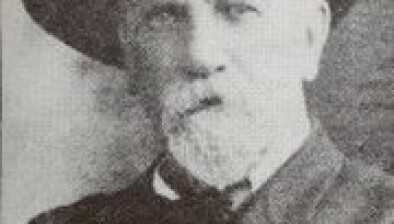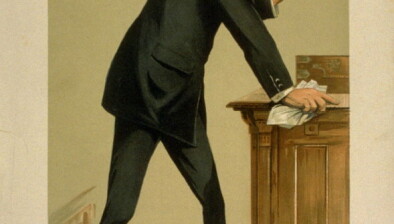Irish Legal Heritage: Penal Transportation
Statue of political activist William Smith O’Brien,
who was transported to Australia in 1849
(Photo by Jaqian, CC BY-SA 3.0)
The practice of penal transportation as a form of criminal punishment used by the British began in the early 1600s and “did not formally cease until the penal settlement on the Andaman Islands was wound up in 1945” (Maxwell-Stewart, 2010).
During the 330 years of penal transportation, Irish “convicts” were transported to various British colonies around the world, the main destinations being North America or Australia. It has been recognised that many of those transported from Ireland during this time were in fact prisoners of war rather than criminals – indeed Oliver Cromwell “is said to have ordered the killing of every tenth soldier taken after the fall of Drogheda in 1649 and the rest to be ‘shipped for the Barbadoes’” (Maxwell-Stewart, 2010).
Possibly the most famous of all destinations for penal transportation used by the British government was Australia, where people were sent for as little as stealing a loaf of bread. The first Irish prisoners were transported to Australia in 1791, and in the time period between then and 1853, over 26,500 prisoners were sentenced by the Irish courts to transportation.
One of the famous Irish political prisoners who was sentenced to “transportation for life” was William Smith O’Brien, an Irish nationalist from Clare who was transported to Tasmania or “Van Diemens Land” in 1849 for his involvement in the Young Irelander Rebellion of 1848. William spent five years in Van Diemens Land before he was released, but he was only allowed to return to his family in Ireland when he was pardoned in 1856.
Seosamh Gráinséir









